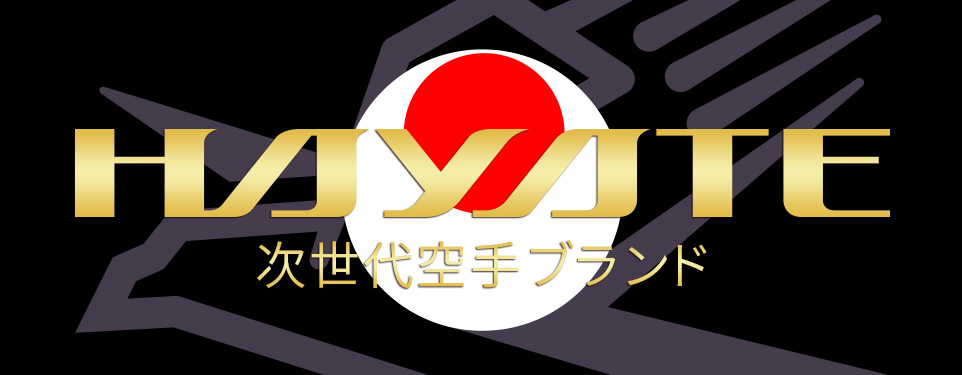8: There Is No First Attack in Karate【Kusahara Katsuhide, Chairman of JKA 】
While the offensive techniques of karate are easy to understand, the defensive movements are more challenging. It is also difficult to feel the effects of the blocking techniques. Perhaps for this reason, blocking techniques are often neglected in daily training. However, entering a kumite match with inadequate blocking skills is extremely dangerous and can lead to injury. This is why it is even more important to learn the proper blocking methods from the very beginning of one’s karate training.
Of course, defensive actions alone cannot neutralize an opponent. While being defensive, one must also go on the offensive and execute techniques such as tsuki (or a thrust) and keri (or a kick) that can knock down an opponent with a single blow. To learn the timing, distance, and accuracy when turning from defense to offense, it is necessary to practice not only kata but also kumite. By engaging in kumite matches, you will learn how to respond immediately to your opponent’s movements and effectively execute your techniques.
In kumite matches, you must not be passive. You cannot win if you are timid. The saying goes, “There is no first attack in karate.” This is a warning against using karate techniques unnecessarily. However, matches are different. Thanks to matches which incorporate the idea of modern sports into the traditional bujutsu (or combat techniques), you can safely compete with each other in contests where you win or lose under specific rules. Therefore,when in a match,you should not just try to defend yourself, but should keep attacking aggressively. You cannot win if you are passive. Even if you are not the first to attack, you must always be ready to strike whenever it is appropriate.
You must not let your guard down even for a split second during a match. You must be extremely careful not to give your opponent any opportunity to take advantage of you. You must be able to react instantly to your opponent’s move and execute an ichigeki-hissatsu (or one-hit-kill) technique. In a real fight, if you miss a single opportunity, that could be the end of the story.
There is the term “Go no sen.” Originally a kenjutsu (or Japanese swordsmanship) term, it refers to dodging and slashing back at an opponent upon evading the opponent’s initial slash. It is the same as a counter in boxing. Many say that the more advanced one becomes, the faster one can strike by reflexively responding to the opponent’s attacking movement rather than by making the same strike with one’s own will and judgment. This is because the part of the brain that controls independent judgment is different from the part that controls reflexive reaction, and the time required for the reflexive response is shorter. Therefore, the critical issue in a match is how to lure the opponent into making a move and responding instantly. That is the “Go no sen.” The true appeal of karate lies in those split-second decisions and actions. However, no matter what, it is vital to take the initiative mentally.
What would happen if both players aimed for the “Go no sen” and neither tried to make the first move? One might ask, “Wouldn’t that make the game unplayable? If both combatants are powerful, they may not be able to make a move even if they try to do so. They cannot attack each other even if they want to. However, the fact that neither can attack means, from a different perspective, that neither has an opening, and both are strong enough to prevent the other from attacking. When karate training reaches this level, we can say that we are one step closer to the ultimate ideal of martial arts: Victory without a fight.





